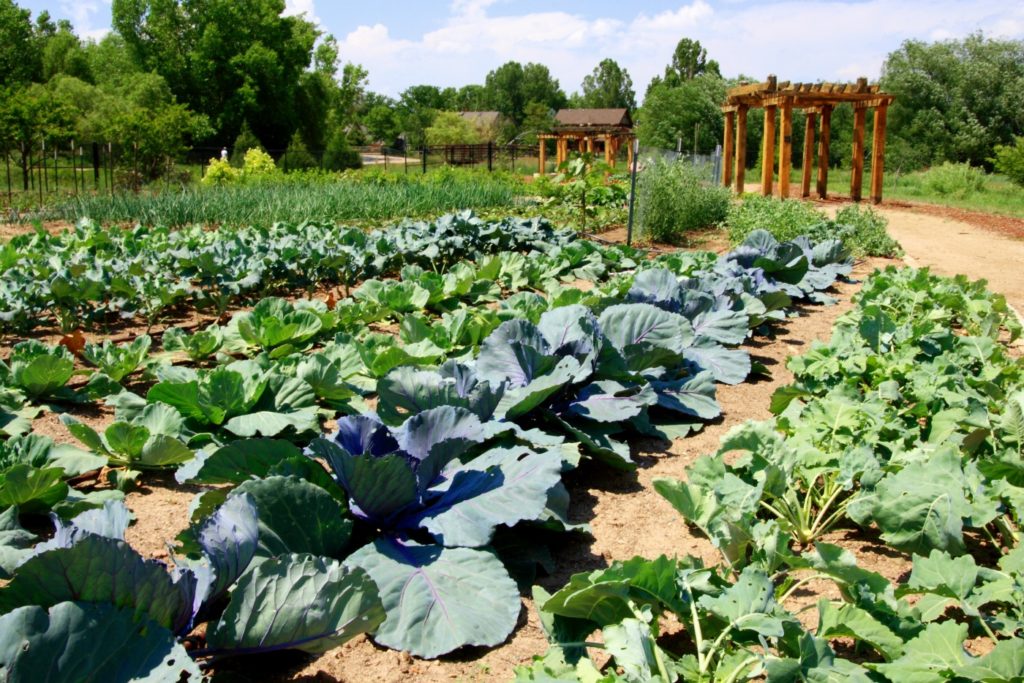
by Mary Miller, Horticulturist and Community Garden Outreach Coordinator, The Gardens on Spring Creek
With the arrival of spring, vegetable gardeners are eager to begin work in their garden spaces. However, it’s important to put some time into planning and preparing the garden prior to planting. Doing so may save effort and boost productivity through the season.
Decide what veggies to grow. Gather input from all those who will work in the garden and eat the produce. Make a list of everything folks wish to grow, and then prioritize it to match the size of the garden area. If you find there is not enough room for all you want to grow, determine if growing crops vertically will create more room. Consider expanding the garden size, building raised beds or adding containers to increase the production space.
Create a planting plan. It can be a simple pencil drawing on a blank sheet of paper or a detailed computer-generated one. From the list of what will be grown, record the following information:
- Spacing needs
- Information on days-to-maturity
- Whether the crops will be grown from seed or transplants
- Approximate mature size of the different vegetables.
- Timing of plantings, and how best to achieve some measure of crop rotation.

Crop rotation avoids planting the same type/family of crops in the same location year after year. For example, tomatoes, peppers, eggplant, tomatillos, and potatoes are all in the same family, the Solanaceous. Moving them to a different area each year helps to reduce pest and disease issues. Do the best you can with the space constraints of your home garden.
Check your seed packets from previous seasons. If seeds are quite old, it may be best to purchase new seeds as the length of viability varies among the different crops. You can also try seeding more heavily with the seeds you have. Plan to have sufficient seed for multiple sowings of faster-maturing crops like radishes, cutting lettuce and spinach and successive plantings of crops like carrots, beets, turnips, and bush beans.
Prepare the garden. Till the soil either with a powered rototiller or by hand using a digging fork or spade. Incorporate organic matter and compost as needed into the soil in anticipation of planting. Using a garden rake, smooth and level the area to be planted and begin growing!
If gardening with children, perhaps offer a space for them to grow their own veggies. Or dedicate a space to grow fresh produce to donate to the Food Bank or for a neighbor that is unable to garden.
Take notes throughout the season. Write down what worked well, what might be improved, varieties that performed well and were delicious and those no one liked. Keep track of the dates of the first harvest of some longer season veggies such as tomatoes, peppers, onions, eggplant, melons, and winter squash. Also note weather events such as freezing temperatures, long stretches of very hot weather and hailstorms. Over time, such info helps inform your gardening choices going forward.
May everyone have an abundant harvest and successful gardening season.
Support Northern Colorado Journalism
Show your support for North Forty News by helping us produce more content. It's a kind and simple gesture that will help us continue to bring more content to you.
BONUS - Donors get a link in their receipt to sign up for our once-per-week instant text messaging alert. Get your e-copy of North Forty News the moment it is released!
Click to Donate
